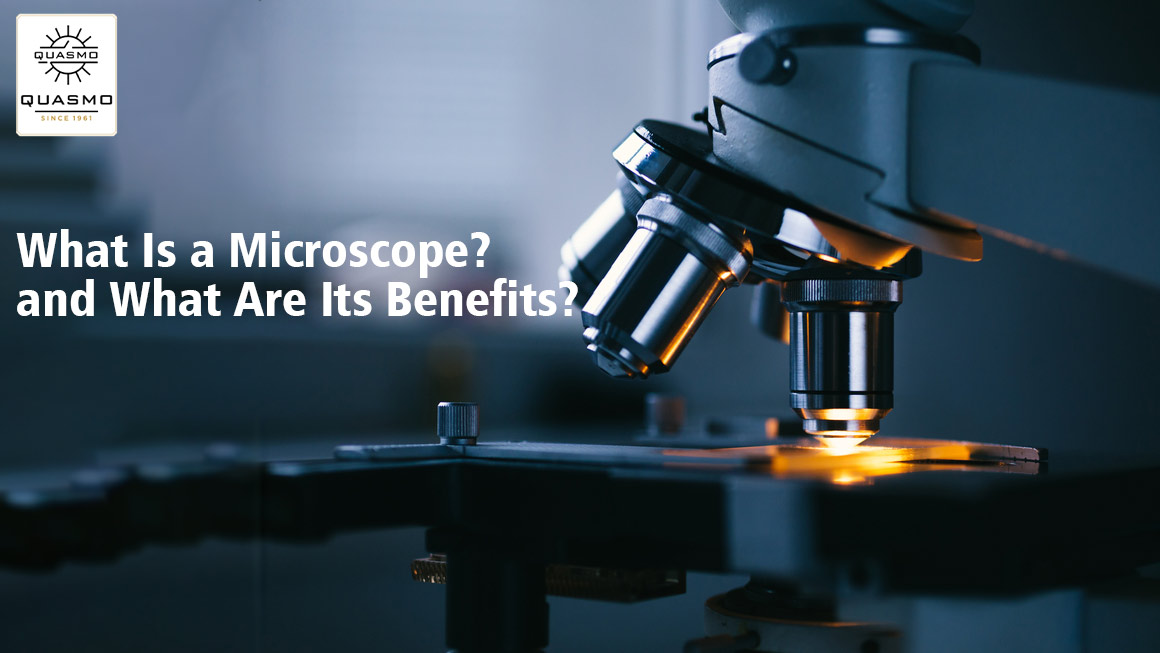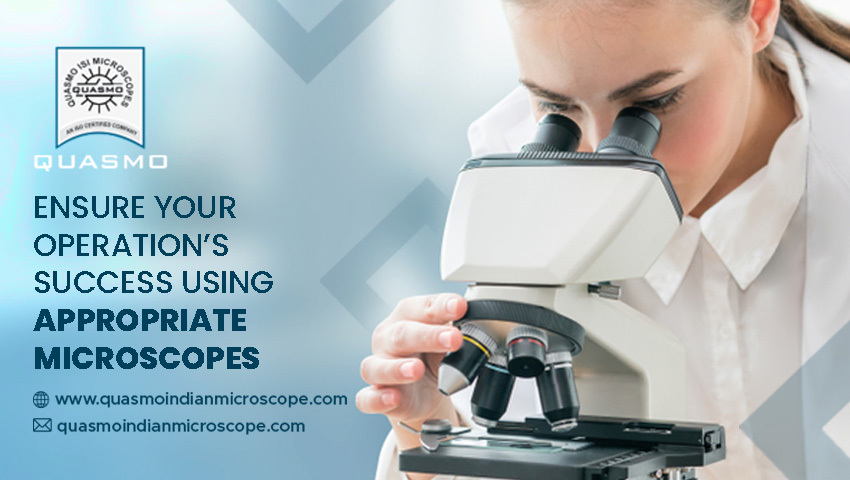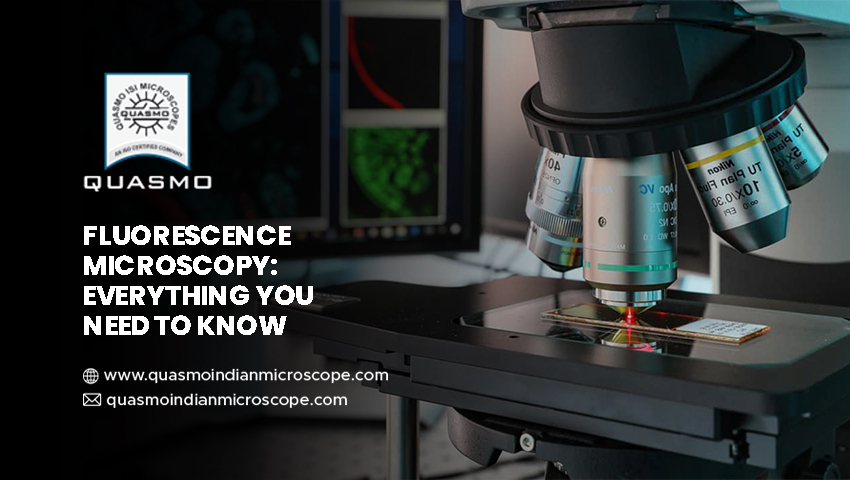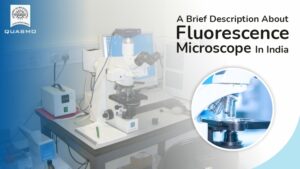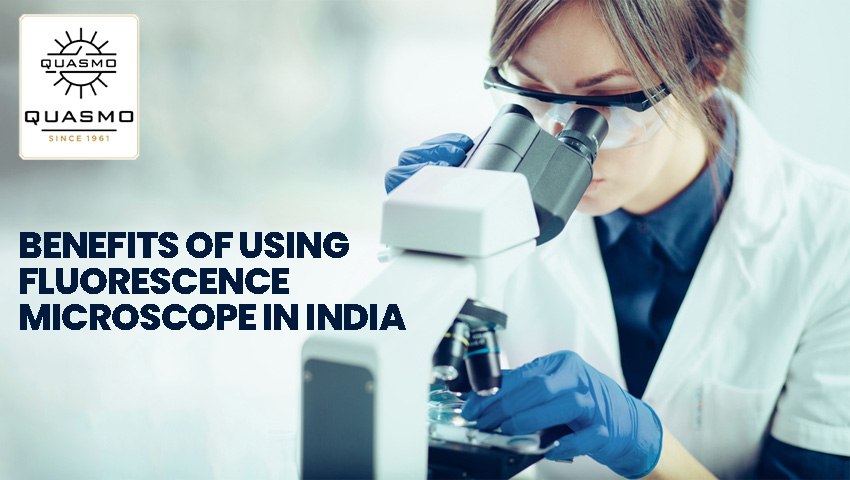
With technology evolving by the minute, science in India is advancing beyond par. Microscopy has been a very important branch of research and study and has opened various gates for understanding the cellular structure and micro-organisms. With the fluorescence microscope in India, studies on the cellular level have gotten more advanced and easier.
There are various benefits of bringing Fluorescence microscope in India, some of these benefits are mentioned below.
Easier than standard microscope
The process of using standard microscopes is considered to be a straining process as it takes a lot of time to get good results. Moreover, the study of live-cell tissues through standard microscopy requires one to use several toxic chemicals to get results.
Since the study of live tissues involves pausing the metabolism process in the cell and taking measurements and understanding the cell, a fluorescence microscope works great here.
High-quality results
Another major advantage of going for the Quasmo fluorescence microscope is that it provides high-quality images without consuming much time. This microscope uses filters that remove the background from the image and provide you with a clear cellular picture. In the pictures produced by fluorescence microscopes, you can see every detail of the cell very clearly. You don’t have to be an expert to catch the details by using this microscope.
Non-toxic for specimen
As has been already mentioned, when it comes to live-tissue study, it can be toxic for the specimen. Studying a live tissue is quite difficult since you cannot make measurements and make a record of one particular process. Since the live- cell would have tissues moving or being involved in certain activities, you cannot halt the process and complete your research.
As a result, scientists have to use toxic materials on the specimen to pause the process, take measurements, understand the cell, and then proceed further. Sometimes, the process may lead to the death of the specimen as well. Using a fluorescence microscope eradicates the use of any toxic materials in the process. Since it is highly sensitive and quick, you can make cellular-level measurements in a very short time.
Scope for more complex cell-structure
With fluorescence microscope in India, places like Quasmo has improved our scope to study even more complex and complicated cellular-level problems. Since we get high-quality images in less time and the process is less toxic, scientists are optimistic about understanding the cellular world in even more detail. This will give us more answers about the world and how it works. We may be able to solve fatal diseases as we understand the cell structures to an even greater extent.
To Sum It Up
The fluorescence microscope in India is a revolutionary addition to the field of science as it has opened several opportunities for us to study the world on a cellular level. This type of microscope makes the study work much easier and quicker. It has several benefits which make it a great choice for science to advance even further.

